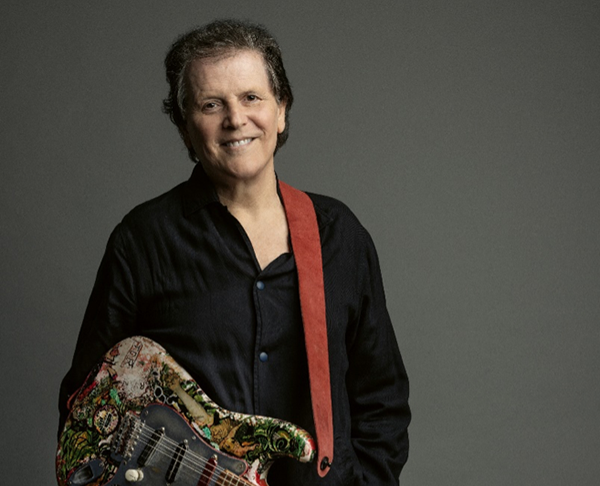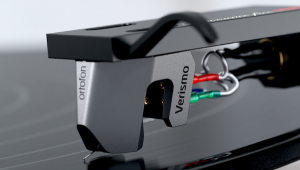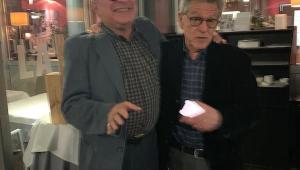Interesting interview Mike. Trevor seems like a good guy and it's good to hear from him. Though I've never been a particular fan of his musical direction, I do appreciate the vitality he injected into Yes at a time when they could have easily faded away.
Just revisited "BIG" for the first time in a long time (impulsively picked up a used $4.00 vinyl copy) and really enjoyed it, especially "Final Eyes." I think the album is underrated but most of all it seemed to keep the Yes train rolling for some more good things to come in its wake.
Thanks for these interviews - keep them coming! It's great fodder for us old progheads, so long disrespected! :-)






























































